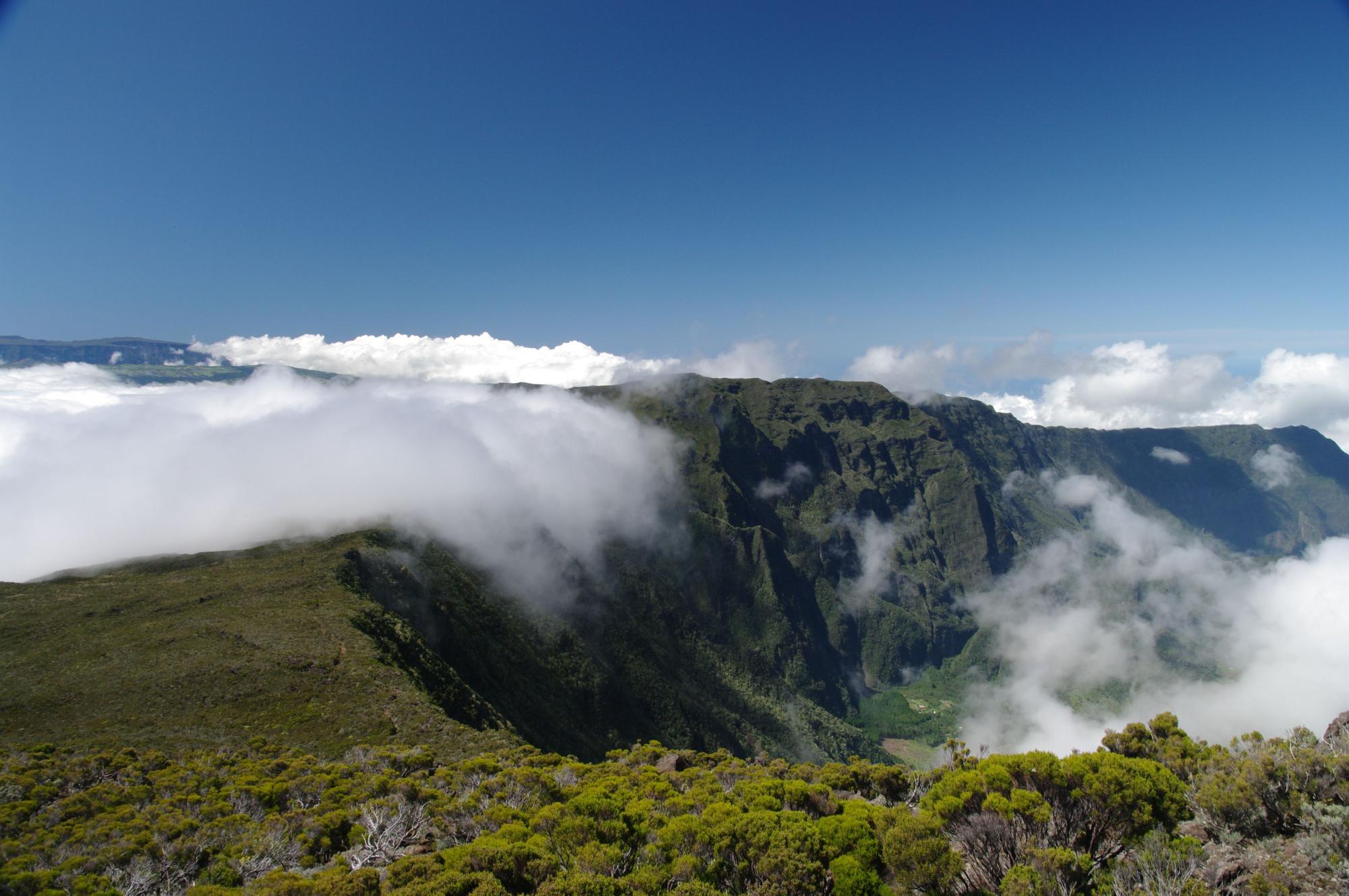
Over four generations, the Kervéguen family, mainly settled in Saint-Pierre in the south of the island, developed an economic activity that contributed to the island’s prosperity, even more so to their own wealth. The Kervéguen family were an example of those numerous French migrating from mainland France to the colonies, and specifically Bourbon island, that is to say Reunion, and who, from the late 17th until the early 20th centuries, saw the island as a place both of refuge and opportunity. Many of them came from Brittany, so were used to sailing the seas. It is estimated that they represented 30 % of the first settlers on the island, continuing to arrive in the years to come. They were also small-scale gentlemen farmers that had been deprived of all hopes for the future through the French revolutionary context.
This was the case of the first Kervéguen, who disembarked in Saint-Pierre at the end of the 18th century, in 1796, an insignificant nobleman who applied his skills, energy and audacity to his objective of gradually achieving success. The elements behind this success, later continued by his descendants, were those of trade, profitable marriages and a keen business sense applied to the conversion to sugar-cane. This strategy, applied by Denis Marie, the first Kervéguen, was applied in an almost identical manner by his son Gabriel, his grandson Denis André and his great-grandson Robert.
They bought land on which they planted sugar-cane in Saint-Pierre, Saint-Joseph, Saint-Philippe, Étang-Salé and, later on, in Quartier Français in the east of the island. They constructed ten sugar factories and three distilleries. They became the owners of over 1,500 slaves, followed by as many as 3,200 indentured labourers, whom they treated no more and no less harshly than the other landowners. However, they remained sensitive to the developments of the period, progressively modernising the work tool and concentrating it, making investments in the early 20th century that certainly turned out to be too hazardous. At the service of this economic expertise, they applied financial skills which were, at times, close to fraud. However, in the end, the family portrait is one of followers, who, unlike that of the Desbassayns and despite the difference in scale, is not one of founders or creators. Their confidence and know-how were applied inside a narrow local context: Mainland France and international contacts were absent. Their skills were insufficient to withstand the difficulties and constraints of a world order that was ultimately unfavourable to colonial sugar production, the more so as from generation to generation the heads of the family still wished take their revenge and live the dream life of small-scale nobility, underestimating the important socio-political changes that turned slaves into free men and that should have turned the emancipated or indentured labourers into responsible human beings. Continuing to dominate, they attempted to perpetuate authoritarian attitudes over a population they continued to consider as dependent. The discrepancy between this mentality and the realities of history, totally unacceptable following WWI, certainly created, for Robert de Kervéguen, the heir to the dynasty, a feeling of frustration and failure, leading him to sell off his businesses on the island and leave the colony, to live off a fortune earned in a land whose destiny the family never really shared.
Under the circumstances, it is hardly surprising that these men, in the end playing the role of predator, left no other memory than the impersonal one of a few second-rate place names.